How to Trim Cat’s Claws at Home: A Step-by-Step Guide

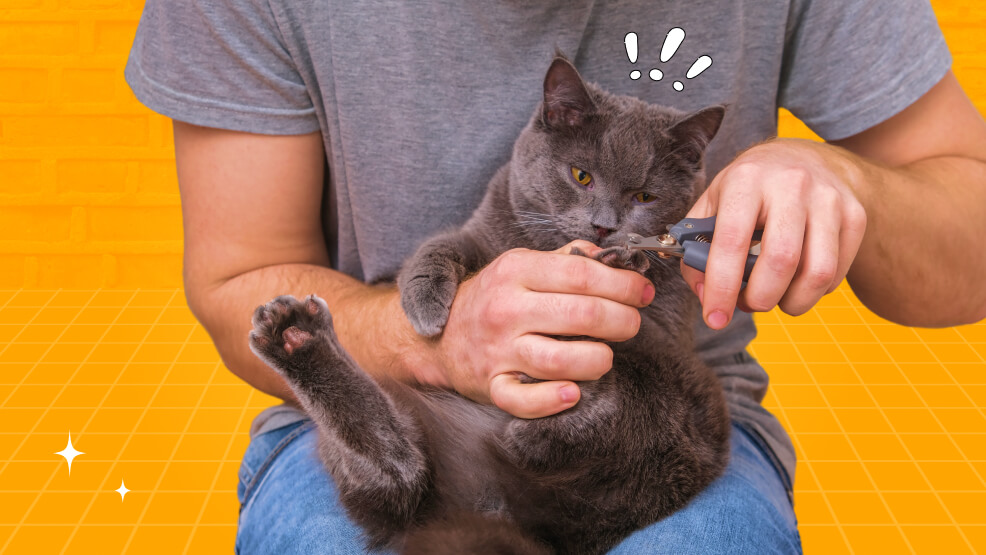
So, are you thinking of trimming your cat’s claws at home? Thats is a great idea because it will help you save a trip to the professional groomer along with time and money. But the whole process can feel overwhelming if you have never done it before at home. So, in this article, we will provide a step-by-step guide on how to trim cat claws. Keep reading.
Why Is It Important To Trim Cat Claws?
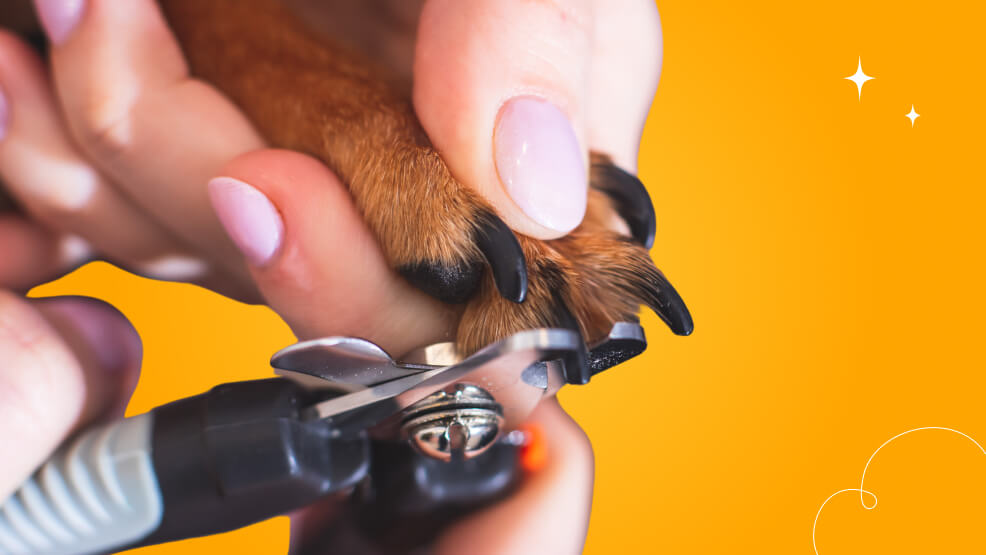
The top priority of all cat parents is ensuring that their cat is in top-notch health, which includes grooming them regularly. One of the most important aspects of the grooming process is trimming your cat’s claws. It is essential because overgrown claws can cause discomfort and even pain for your cat.
When claws become too long, they can curve and grow into the paw pads, leading to potential infections or mobility issues. Regular trimming ensures your cat’s claws remain at a comfortable length, promoting their overall health and well-being.
Moreover, keeping your cat’s claws trimmed helps prevent accidental scratches and damage to your furniture, carpets, and other household items. Cats have an instinct to scratch, and overgrown claws can lead to costly repairs or replacements.
Understanding The Anatomy of Cat’s Claws
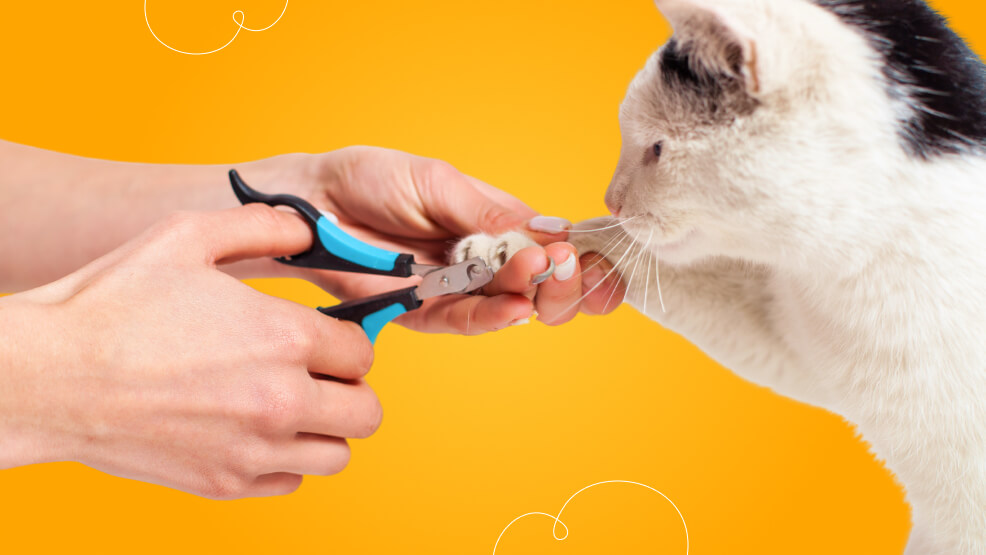
Before diving into the trimming process, it’s essential to understand the anatomy of your cat’s claws. Cats have five toes on each front paw and four toes on each hind paw, with a claw on each toe. These claws are composed of a hard outer sheath called the unguis, which covers the quick – a soft, sensitive inner core containing blood vessels and nerves.
The quick is the living part of the claw and cutting it can cause pain and bleeding. Therefore, it’s crucial to avoid trimming too close to the quick during the trimming process. The quick is visible as a pinkish area inside the claw, and its length varies depending on the cat’s age, breed, and claw color.
Additionally, cats have retractable claws, meaning they can extend or retract them as needed. This unique feature allows them to keep their claws sharp and ready for scratching or climbing. Understanding the structure and function of your cat’s claws will help you approach the trimming process with confidence and care.
Tools and Supplies Needed for Trimming Cat Claws
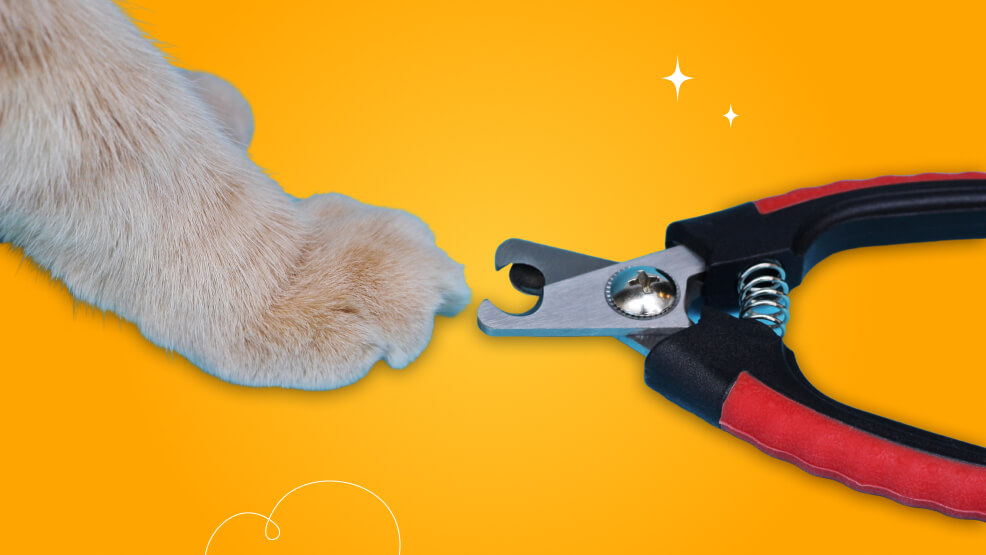
Before you begin trimming your cat’s claws, it’s essential to have the right tools and supplies on hand. Here’s what you’ll need:
- Cat-specific nail clippers or trimmers: These specialized clippers are designed to trim your cat’s claws safely and effectively. Avoid using human nail clippers, as they can crush or splinter your cat’s claws.
- Styptic powder or cornstarch: In case you accidentally cut the quick, these products will help stop the bleeding by promoting clotting. You can also use baking powder.
- Treats or catnip: Positive reinforcement can make the trimming process more enjoyable for your cat. Have their favorite treats or a small amount of catnip on hand as a reward.
- Towel or cat grooming bag: Some cats may feel more secure and less wiggly when wrapped in a towel or placed in a grooming bag during the trimming process.
- Scratching post or cardboard: After trimming, provide your cat with a scratching surface to help them maintain their newly trimmed claws.
By having these tools and supplies ready, you’ll be prepared to tackle the trimming process smoothly and efficiently.
Step-by-step Guide on How to Trim Your Cat’s Claws
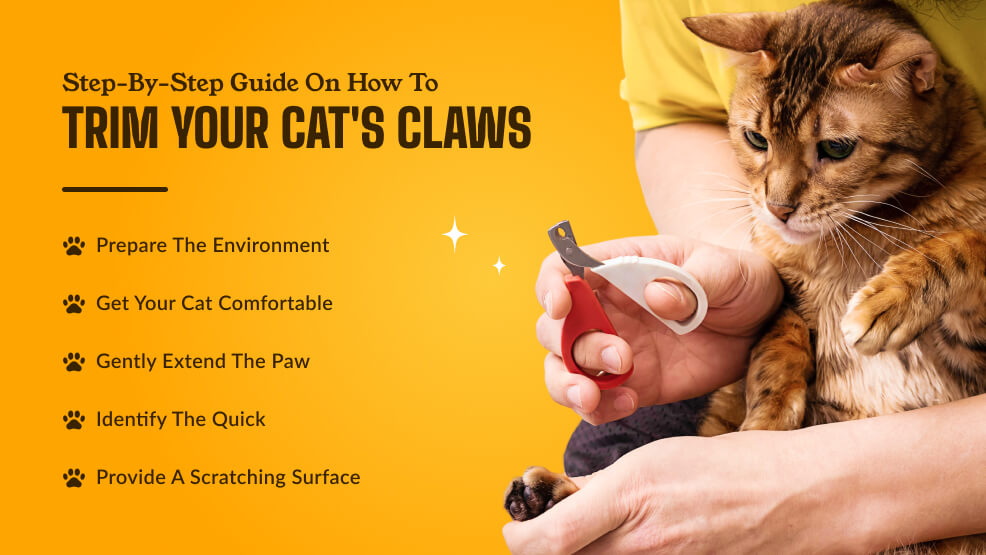
Now that you have the necessary tools and supplies, it’s time to learn the step-by-step process of trimming your cat’s claws. Follow these steps for a successful and stress-free experience:
Step 1: Prepare the Environment
Choose a quiet and well-lit area where your cat feels comfortable. Ensure there are no distractions or potential sources of stress, such as loud noises or other pets.
Step 2: Get Your Cat Comfortable
Gently place your cat on a stable surface, like a table or counter, and wrap them in a towel or grooming bag if needed. This will help them feel secure and minimize wiggling during the trimming process.
Step 3: Gently Extend the Paw
Using one hand, gently hold your cat’s paw and extend the toes to expose the claws. Apply gentle pressure to the paw pad to help the claws extend fully.
Step 4: Identify the Quick
Before trimming, carefully examine each claw to locate the quick–pinkish area inside the claw. Avoid cutting into the quick, as it can cause pain and bleeding.
Step 6: Provide a Scratching Surface
Once all four paws are trimmed, offer your cat a scratching post or a piece of cardboard to allow them to maintain their newly trimmed claws.
Remember, patience and a calm demeanor are key throughout the process. It is because cats can sense when you’re feeling anxious or stressed, which can further stress them out. Also, rushing or becoming frustrated can heighten your cat’s stress levels. This can make the trimming process more difficult.
If your cat becomes overly stressed or agitated, take a break and try again later. It’s better to trim a few claws at a time than to force the process and create a negative experience for both of you. So, if you wanted to know how to trim angry cat claws the answer is you should never trim your cat’s claws when they are in a bad mood.
Also, after trimming each paw, offer your cat a treat or a sprinkle of catnip, and provide plenty of praise and affection. This will help them associate the trimming process with a positive experience.
How Often Should You Trim Your Cat’s Claws?
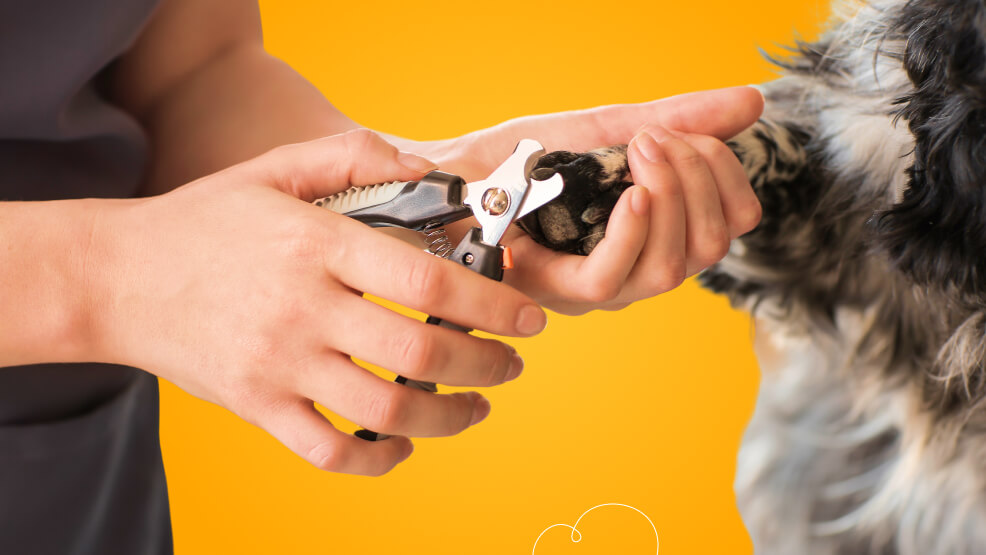
The frequency of claw trimming depends on several factors, including your cat’s age, activity level, and lifestyle. As a general guideline, most cats benefit from having their claws trimmed every 4 to 6 weeks. However, some cats may require more frequent trimming, while others may need it less often.
Here are some factors to consider when determining the ideal trimming schedule for your cat:
- Indoor vs. outdoor: Indoor cats typically need more frequent trimming as their claws don’t wear down naturally from scratching surfaces outside.
- Age: Kittens and senior cats may need more frequent trimming due to their activity levels and claw growth rates.
- Activity level: Active cats who engage in a lot of scratching and climbing may need less frequent trimming, as their claws naturally wear down more quickly.
- Claw growth rate: Some cats simply grow claws faster than others, requiring more frequent trimming to maintain a comfortable length.
It’s essential to monitor your cat’s claw growth and adjust the trimming schedule accordingly. If you notice their claws becoming overgrown or catching on surfaces, it’s time for a trim. Additionally, regular grooming sessions provide an opportunity to check for any potential issues, such as ingrown claws or infections.
Tips for Making the Process Easier and Less Stressful for Your Cat

Trimming your cat’s claws can be a challenging task, especially if your feline friend is resistant or anxious. Here are some tips to help make the process easier and less stressful for both of you:
Start Early
Introduce claw trimming when your cat is a kitten. Doing so will help them to accept it as a normal part of their grooming routine. You can also make it a part of your cat training routine.
Use Positive Reinforcement
Offer plenty of treats, praise, and affection throughout the trimming process. This will help your cat associate the experience with something positive.
Take Breaks
If your cat becomes overly stressed or wiggly, take a break and try again later. Forcing the process can create a negative association and make future trimmings more difficult.
Enlist Help
If you’re having trouble holding your cat or keeping it still, ask a family member or friend to assist you. One person can gently restrain your cat while the other trims the claws.
Desensitize Your Cat
Gradually expose your cat to the trimming tools and process by letting them sniff and investigate the clippers or trimmers before using them. This can help reduce their fear and anxiety.
Consider Alternative Methods
If your cat remains resistant to traditional claw trimming, explore alternative options like nail caps or scratching posts designed to help wear down claws naturally.
In addition to these tips, you should also start adapting the process to your cat’s individual needs. It will help make claw trimming a more positive and stress-free experience for both of you.
By following the step-by-step guide and tips outlined in this article, you can confidently trim your cat’s claws at home, creating a positive and stress-free experience for both of you. Remember to be patient, use the right tools, and reward your cat throughout the process.








Leave A Comment